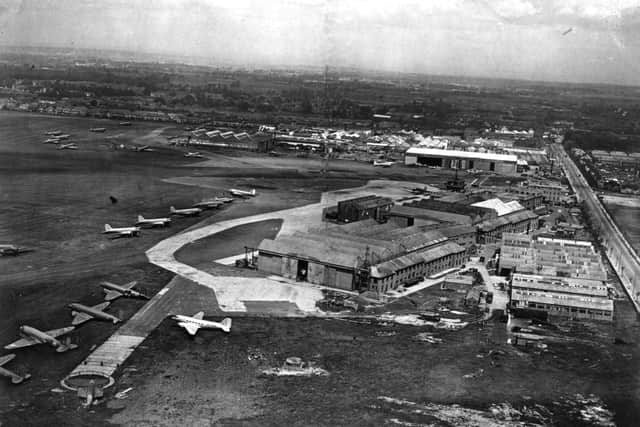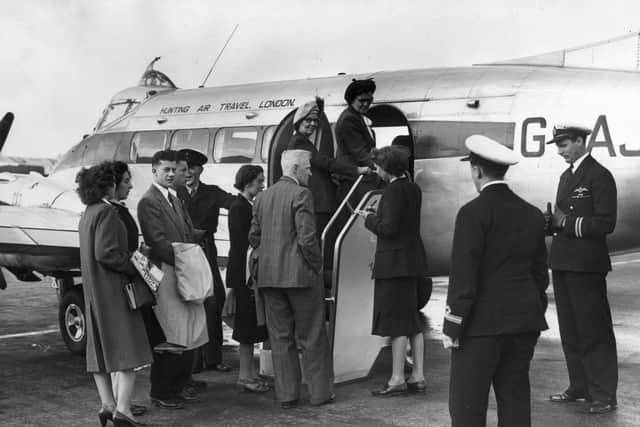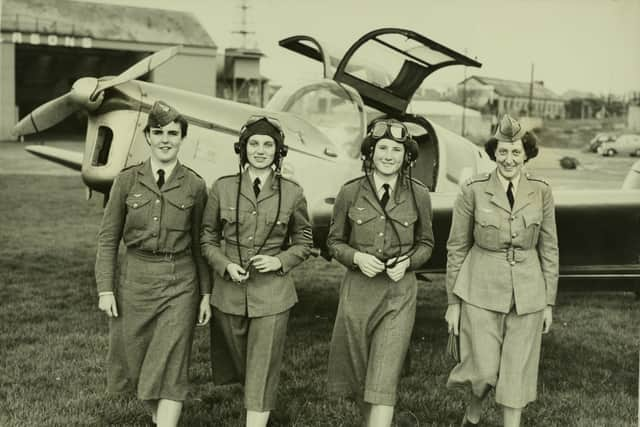Croydon Airport: London’s first international airport where the ‘mayday’ distress signal was created
and live on Freeview channel 276
During the period between the two world wars, the UK had just one international airport in operation. No, it was not located in Essex, west London or West Sussex. Rather, it was in Croydon.
At the time part of Surrey, Croydon Airport opened on March 29, 1920. Initially constructed as a World War One airfield in 1915, it began servicing commercial flights once the RAF vacated the site, and combined two separate aerodromes; Beddington Aerodrome, and Waddon Aerodrome.
Advertisement
Hide AdAdvertisement
Hide AdIt was redeveloped in 1926, and had a number of new buildings completed two years later.


As part of the redevelopment, the world’s first purpose built airport terminal was opened, and according to the charity which currently manages the location, it became “the biggest and most advanced airport in the world”.
Among the airport’s achievements over the years were the creation of Imperial Airways, now British Airways, and innovations in Air Traffic Control, including the first use of the distress call “Mayday”, by airport radio officer FS ‘Stanley’ Mockford in 1923.


Croydon Airport also was the home of the world’s first Air Traffic Control Tower, built in 1920. The team developed a new system of radio navigation known as Wireless Position Finding, approved by the ministry in 1922, which greatly improved the ability to accurately identify an aircraft’s location. The innovation was key in establishing a global air navigation network.
Advertisement
Hide AdAdvertisement
Hide AdOn Christmas Eve, 1924, the airport met with tragedy, when a Paris-bound flight crashed into a South Croydon Garden, killing all eight people on board. It was the first fatal incident suffered by Imperial Airways, and led to the first public inquiry into a civil aviation accident in the UK.


It was the subsequent inquiry which resulted in the airport being expanded between 1926 and 1928. The growth of Croydon Airport kickstarted a successful decade for the site, as its pilots broke numerous records including the world’s longest air route, from Croydon to Brisbane in Australia, in 1934.
Once World War II struck, Croydon’s fortunes changed. Renamed RAF Croydon and used as an airbase once again, it was bombed during the conflict, and while reopened for civil aviation in 1946, international travel was moved to Heathrow. And so, in 1959, Croydon Airport was closed to business.
Today, all that is left is the terminal building and Air Traffic Control Tower. The former is Grade-II listed, and operates as a visitor centre.
Comment Guidelines
National World encourages reader discussion on our stories. User feedback, insights and back-and-forth exchanges add a rich layer of context to reporting. Please review our Community Guidelines before commenting.
